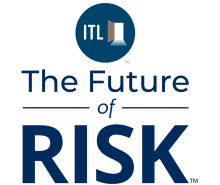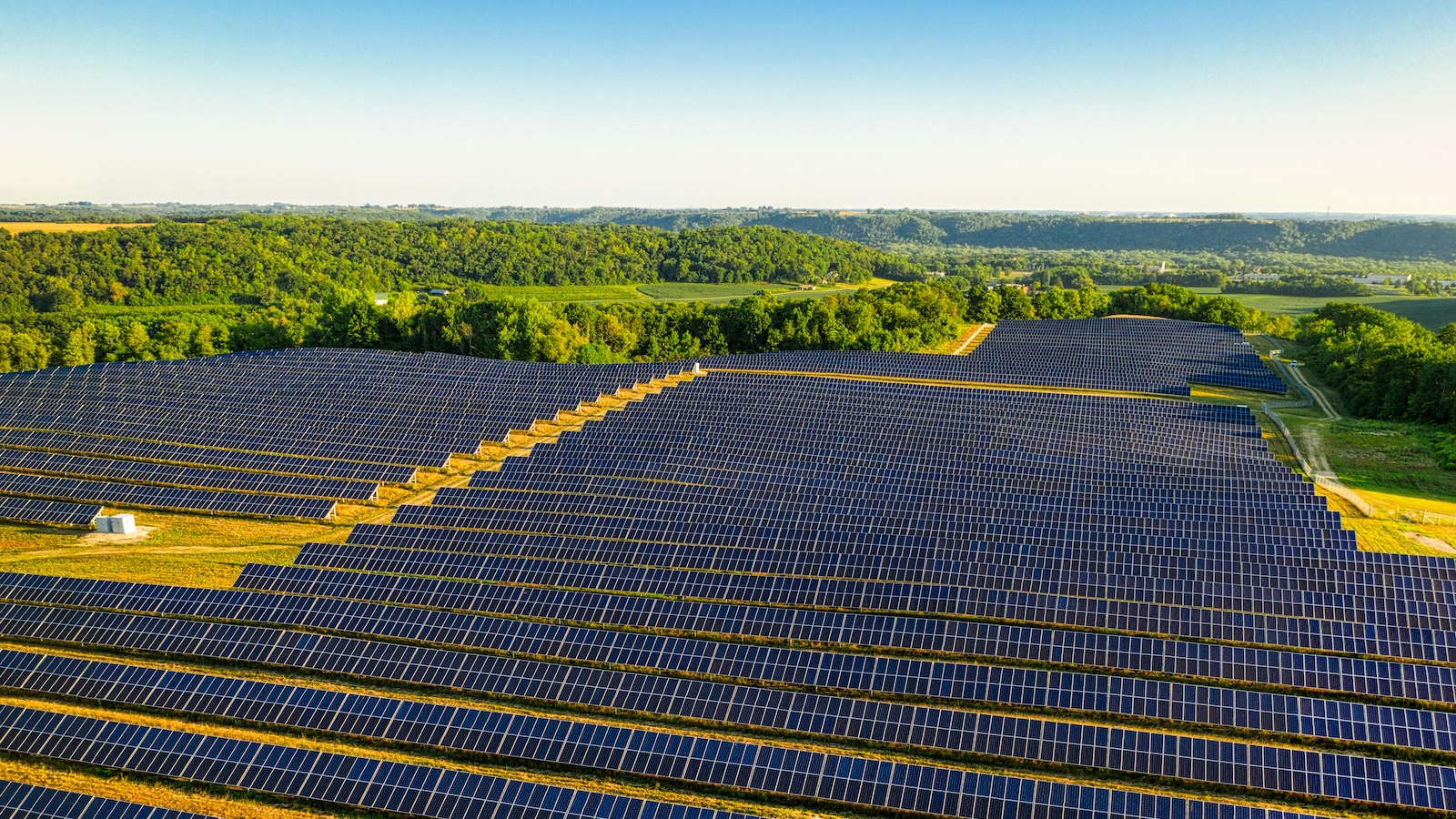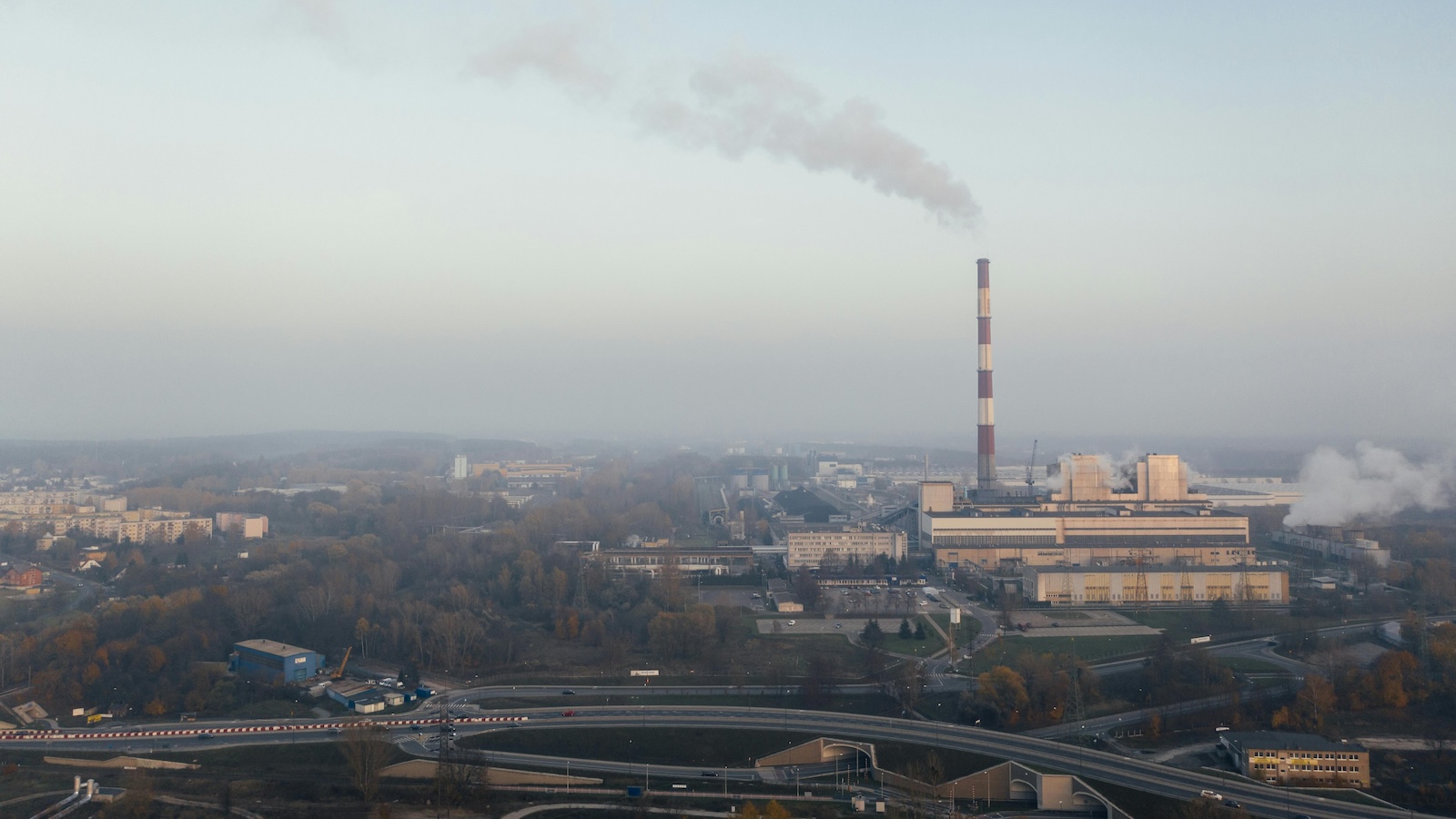Hyper-volatility refers to a state of extreme and unpredictable fluctuations in global systems, such as financial markets, energy prices and insurance markets. In insurance terms, hyper-volatility involves events typically in the "fat tail" of the distribution, beyond the 95th percentile, driven by simultaneous or cascading effects, including extreme weather combined with geopolitical instability.
Geopolitical risk, like climate risk, includes both short-term shocks that lead to one-off losses that demand crisis management and persistent issues requiring strategic shifts and a change to longer-term risk management practices.
While risk managers often model risks independently – meaning they look at risks in isolation – climate change is a risk multiplier. It can increase the correlation between different risks and, in particular, between natural catastrophe and geopolitical risks.
Hyper-volatility-driven and connected risks challenge risk managers' and insurers' ability to predict outcomes. WTW's latest research points to both increasing connectivity between risks and the challenges organizations face in managing the unpredictability this generates. Managing risks individually using only traditional modeling methods could prove increasingly inadequate.
For organizations to shield themselves from the impacts of hyper-volatility and address the insurance gaps being created, risk managers need to adopt a modernized approach. This is about coupling traditional modeling approaches with analytical insight and scenario stress-testing that incorporates the connected nature of risks.
Understanding the challenge
Where one risk in a global system amplifies another, it tests the effectiveness of traditional risk management approaches. Traditional modeling techniques, such as pure reliance on probabilistic model outputs on a siloed, risk-by-risk basis are often falling short. They fail to capture key aspects of the real world, including the combined effects of acute physical risk, politics and policy, unemployment, finance, asset prices, volatility, tipping points, path dependency and complex feedback loops, according to research from Green Futures Solutions, to which WTW's Thinking Ahead Institute contributed.
We've seen climate change be a threat multiplier for geopolitical risk, and vice-versa, providing examples of complex feedback loops not reflected in standard risk models.
Consider climate change. It can increase the frequency and severity of extreme weather events like floods and droughts, which can not only disrupt local communities but also have far-reaching impacts on global supply chains. Geopolitical tensions, meanwhile, such as trade disputes and conflicts over natural resources or access to water, can exacerbate climate-related disruptions, leading to greater political instability and economic uncertainty.
Developments in the Arctic bring this complexity to life. The reduction of sea ice due to global warming is opening up new shipping routes. These are prompting disputes over which nations can control the new seaways and benefit from vast undiscovered natural resource deposits. Geopolitical tensions among the five Arctic coastal states — Canada, Denmark, Norway, Russia and the U.S. — as well as players with an interest in the region, including China, will no doubt affect supply chains. The situation shows connectedness, complexity and the conditions for wide-ranging unpredictability driven by cascading effects.
Managing hyper-volatility
Managing hyper-volatility requires more than isolated risk assessments. It asks for a connected view of how multiple threats interact and evolve. Scenario analysis offers a powerful way to address the unpredictability of hyper-volatility by capturing how connected risks – such as extreme weather, geopolitical tensions and supply chain disruptions – can cascade and amplify one another.
Unlike traditional models that often treat risks in isolation, scenario analysis enables risk managers to explore fat-tail events and test the resilience of assets, operations and business models under severe but plausible conditions.
However, to translate these narrative scenarios into actionable insights, they must be grounded in data. That's where multi-peril indices come in. By combining diverse risk indicators – climate, conflict, supply chain stress – into a single quantitative measure, these indices provide a real-time view of systemic vulnerability.
Together, scenarios and multi-peril indices can enable your organization to simulate future shocks, monitor current risk build-up and make faster, more informed decisions as conditions change. This approach can also work to reveal the optimal combinations of risk transfer, retention and physical adaptation in the face of hyper-volatility.
Putting theory into practice
By factoring in correlations between different risks, an organization can avoid viewing risks in silo, which is particularly crucial to avoid when carrying out due diligence and investment planning.
Consider a manufacturing site investment. Rather than assessing property, climate, geopolitical and supply chain risks separately, scenario analysis can model how these risks might interact under a plausible event or cascading set of disruptions. A multi-peril index framework can then quantify the combined exposure at specific locations, enabling you to compare sites and validate or reprioritize projects based on overall risk levels.
Supply chains are another area where this approach is essential. Imagine a food retailer assessing the impact of climate change on fish supplies. Scenario analysis can map how rising temperatures might affect stock availability and quality, while also exploring how geopolitical instability, such as trade restrictions or regional conflict, could disrupt fishing zones or export routes. A multi-peril index can then track these combined pressures across geographies, helping identify critical vulnerabilities and timing thresholds.
This insight allows risk managers to build a risk register and develop adaptive strategies to manage hyper-volatility, such as diversifying suppliers, investing in sustainable practices or strengthening infrastructure.







